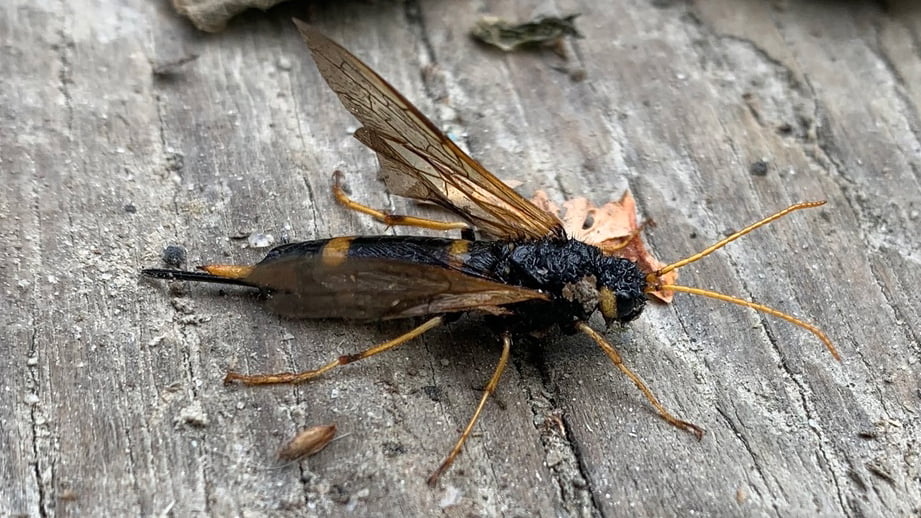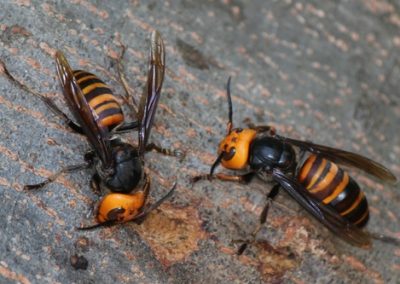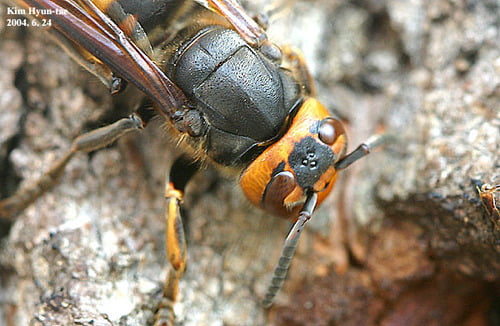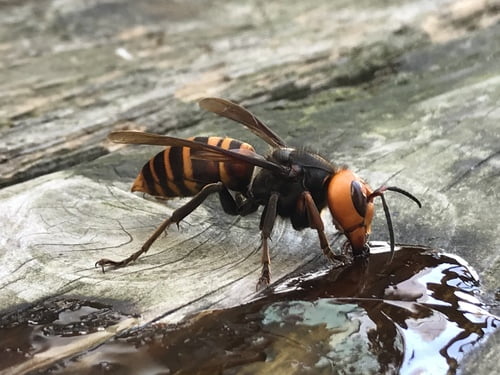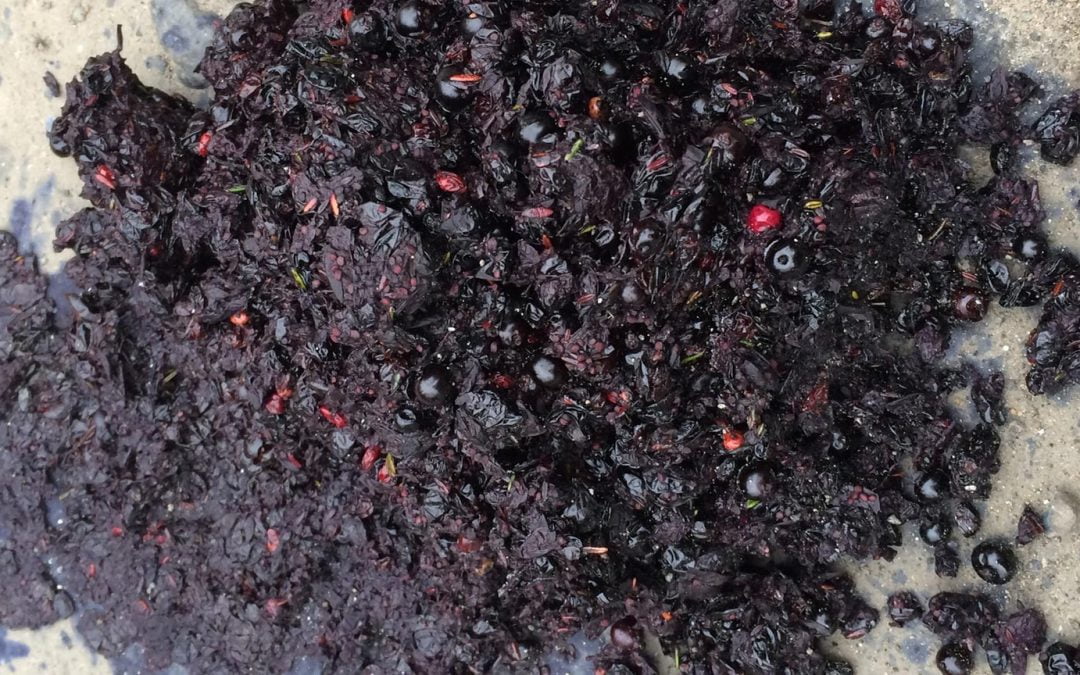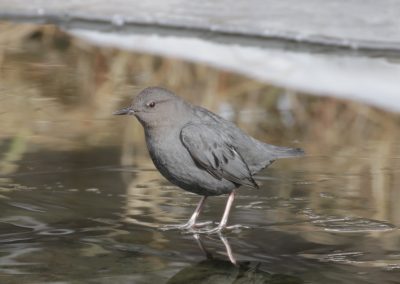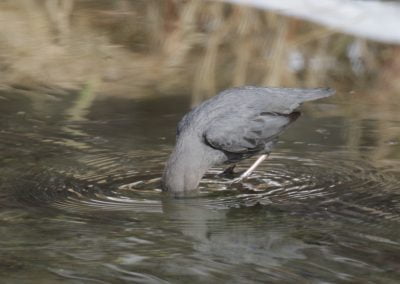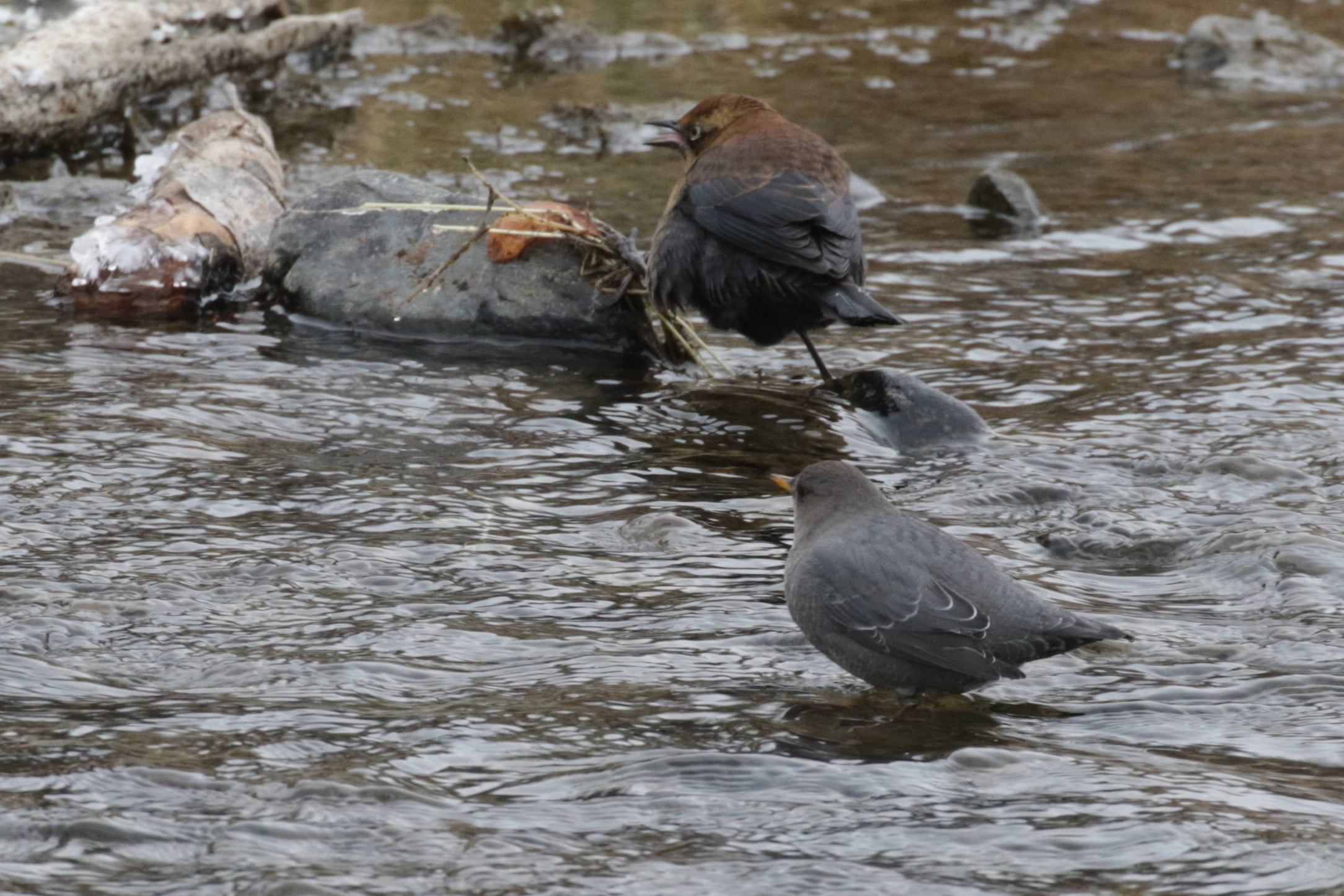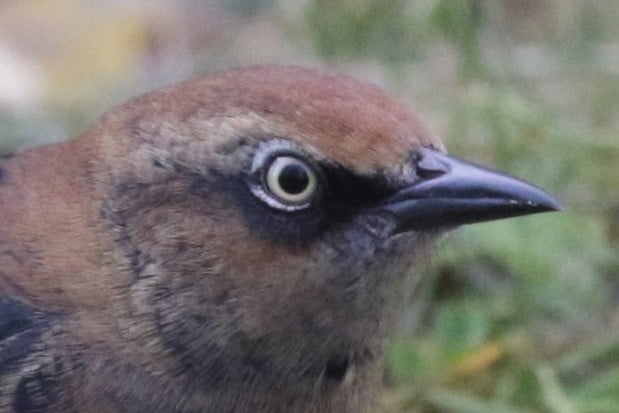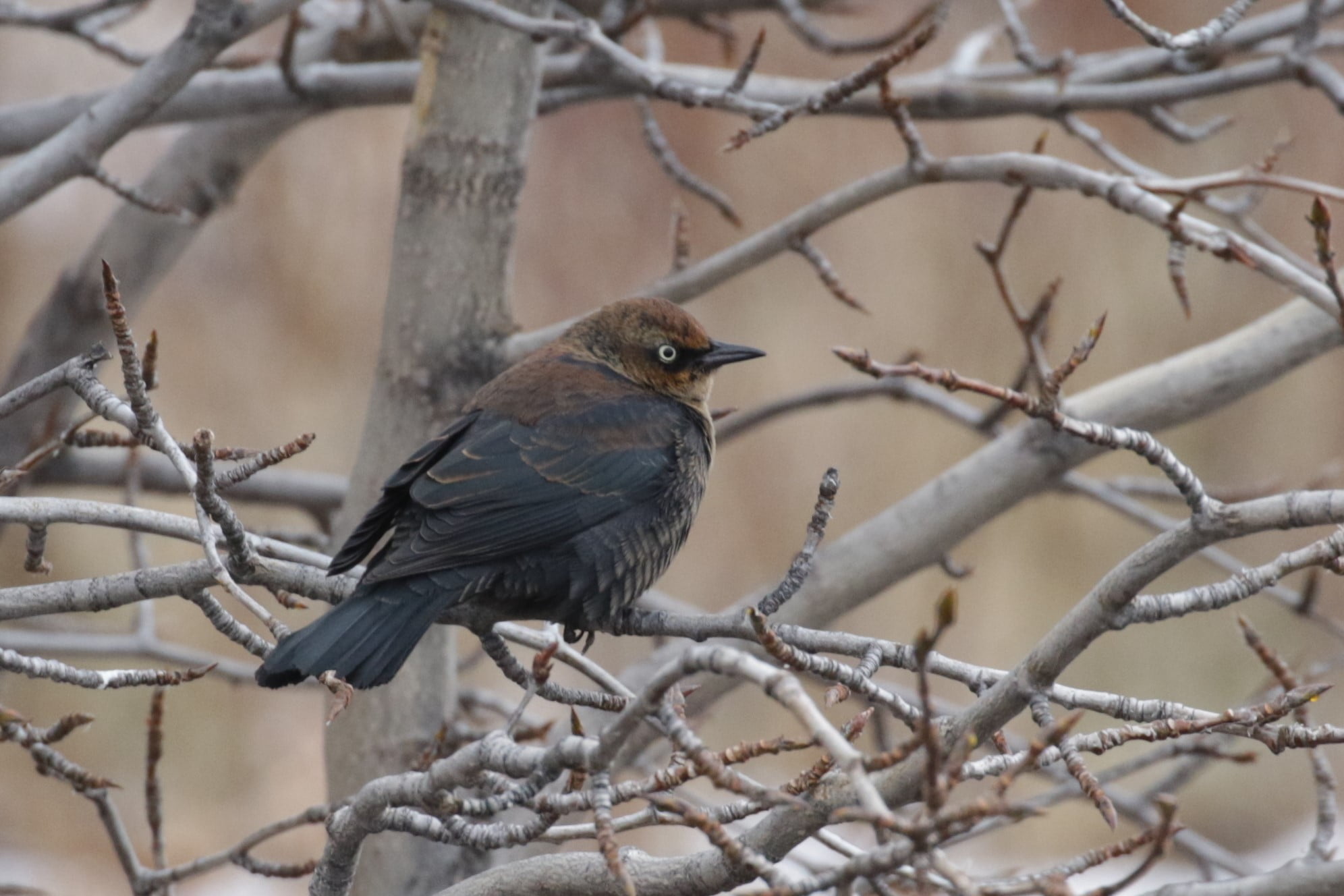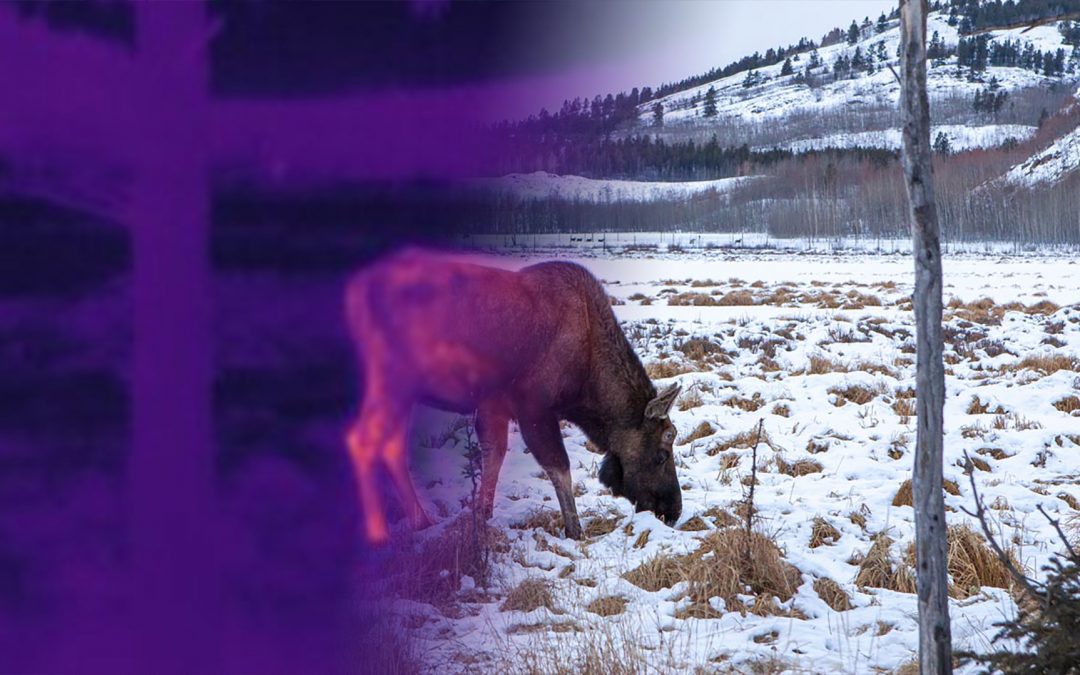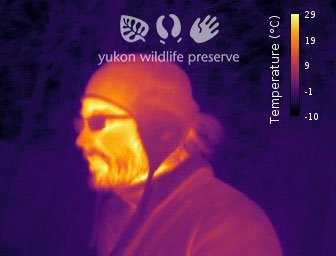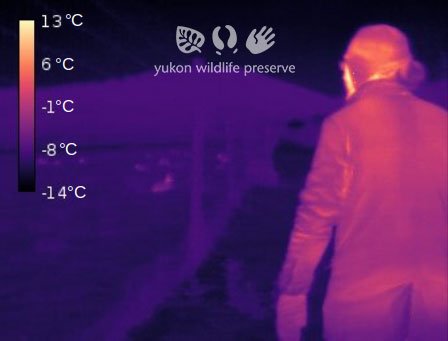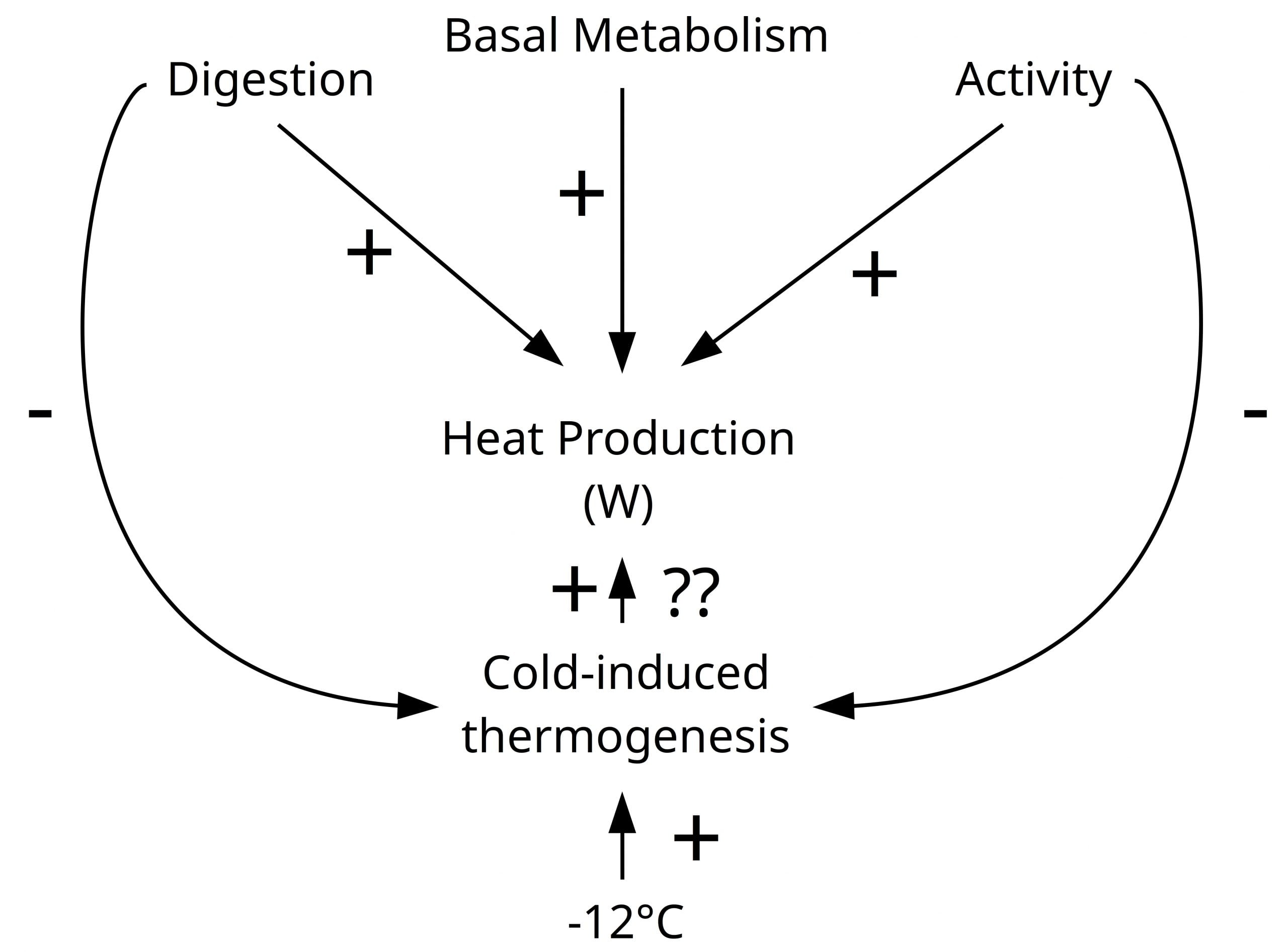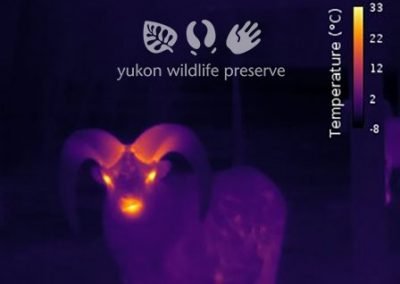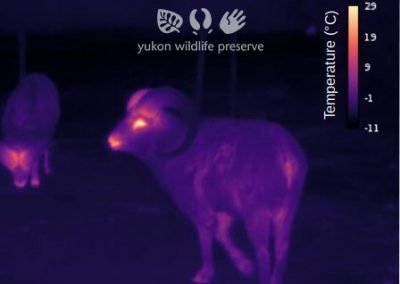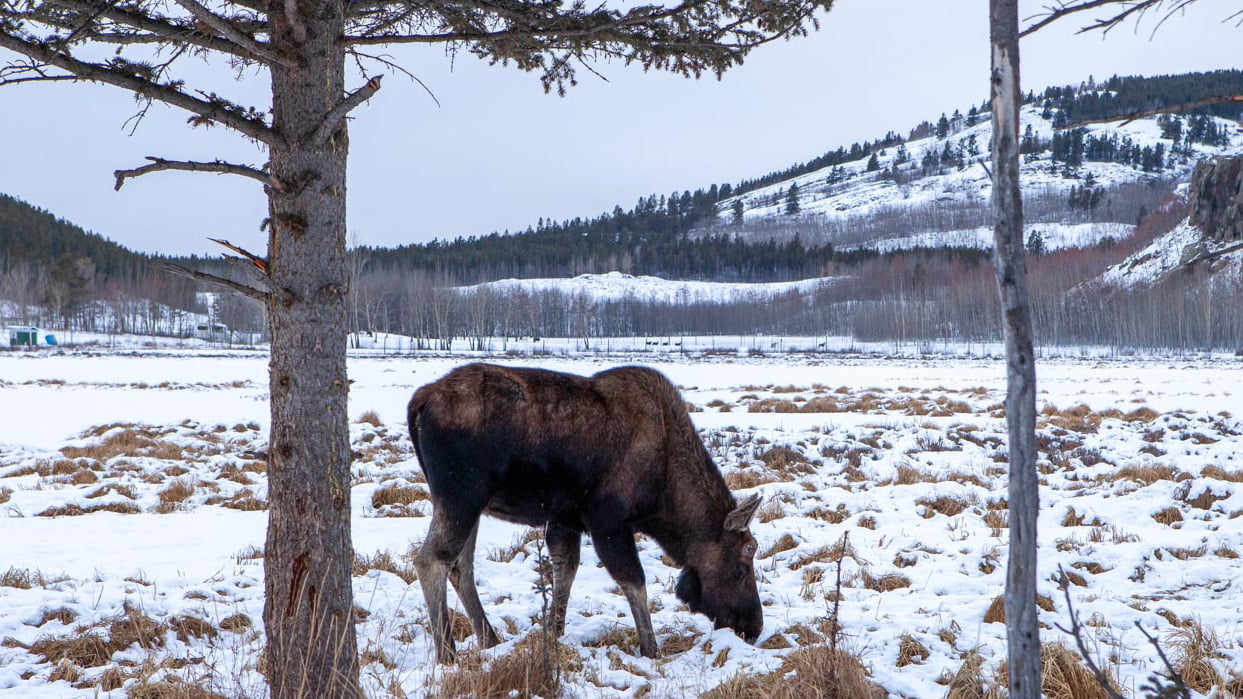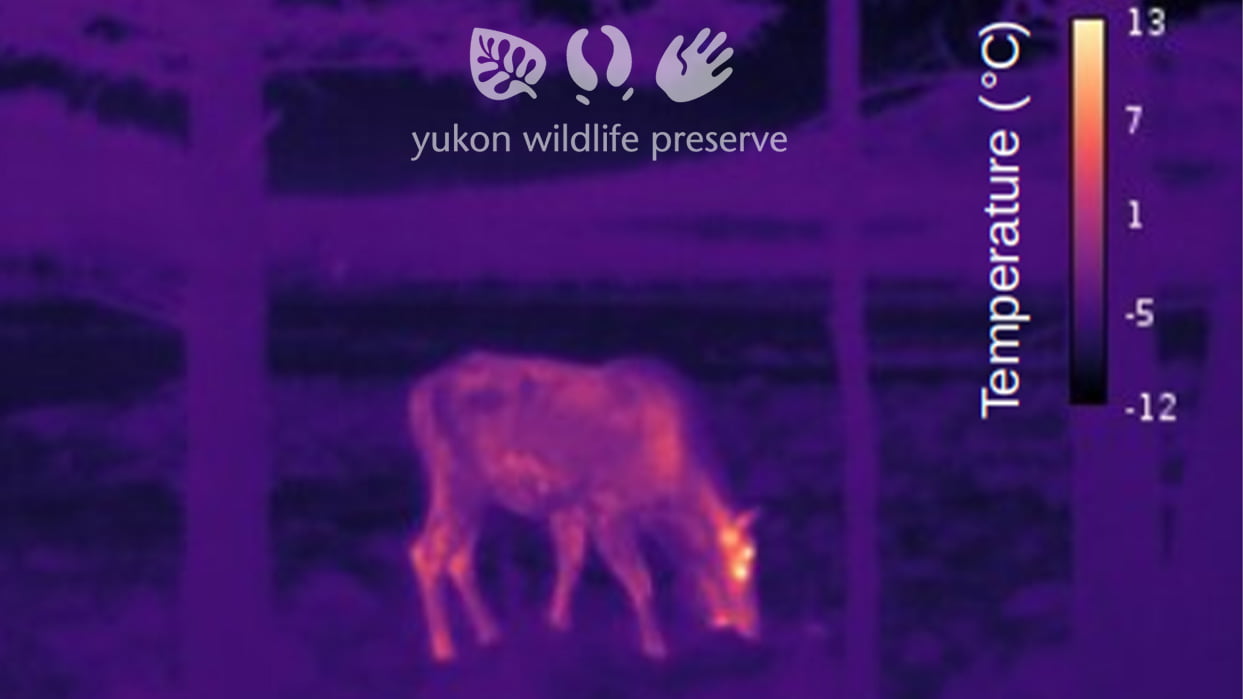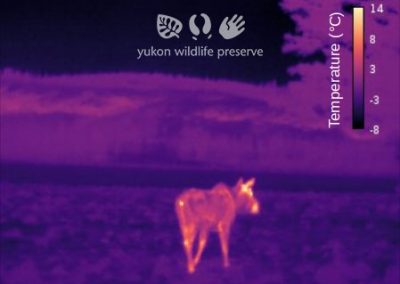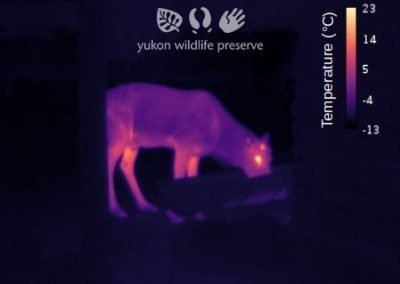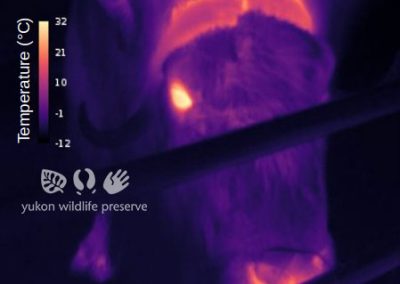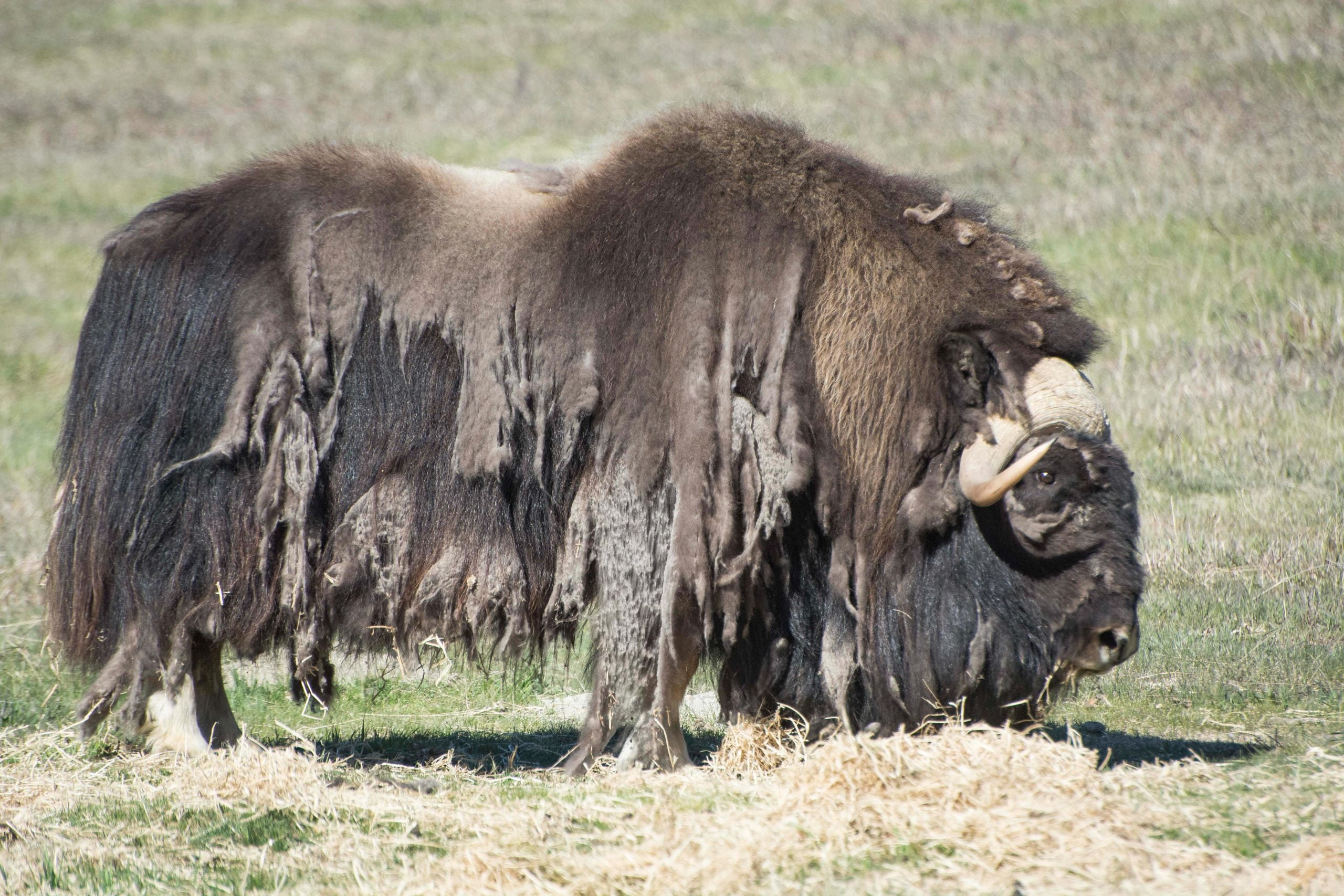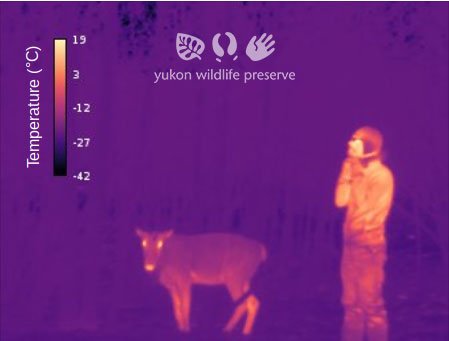
Uneasy neighbours: red foxes and arctic foxes in the north
Uneasy neighbours: red foxes and arctic foxes in the north
This article was made possible thanks to support from the Environmental Awareness Fund. Engage and educate yourself in this blog series, about Yukon Biodiversity.
15 minute read –
Once upon a time in the distant year of 2015, a Canadian wildlife photographer, Don Gutoski won Wildlife Photograph of the Year with a haunting snapshot of a red fox scarfing down the body of an arctic fox it had just killed. This grisly image titled “The Tale of Two Foxes” was heralded as a stark depiction of climate change in the north where warmer climates lead to red foxes encroaching on the territory of arctic foxes. While climate change is both a real and palpable threat to arctic ecosystems, the reasons behind the expansion of red fox ranges into the arctic and their subsequent relationship with their tiny northern counterparts isn’t that straightforward. When is it ever, am I right? Life is complicated!
Credit: Don Gutoski’s photo titled “A Tale of Two Foxes” won Britain’s Natural History Museum Wildlife Photographer of the Year 2015. It also sparked some assumptions and conversations about climate change and species competition in the changing Arctic.
First off, it’s unfair to treat red foxes as an invasive pest freshly arrived on the arctic tundra. Historical fur harvest records from trading outposts in northern Canada show the presence of red foxes in the arctic starting in the early 20th century. In other words, they aren’t new to the neighbourhood. One of the popular hypotheses out there attributes the red fox’s northward expansion to the warmer temperatures caused by climate change. Milder winters definitely help red fox survival in their arctic home as they are nowhere near as well insulated as arctic foxes. But this balmy weather (balmy being a relative term, the arctic is still chilly as heck) is not the only factor behind their northern migration and it’s probably not even the main driving force; people are.
A study that compared the movement of red foxes with historical climate data and the development of sedentary settlements in the Canadian arctic found that it was the settlements, not the temperature, that was most closely linked to fox migration. Why? Well, it’s probably because we’re a great food source. If you live in Whitehorse, you do not need me to tell you that red foxes thrive around human settlements. It’s a fox paradise with all the garbage and unattended dog food that they can eat and a wondrous array of leather goods to steal. The fox that sleeps under my dryer vent probably feels like it has a very plush life. Quick question: It once left a decapitated grouse on my back porch; does that count as paying rent??

In a place like the arctic where resources are scarce, human settlements and by extension, human garbage (or “anthropogenic waste subsidies” if you want to impress your friends) can provide a relatively bountiful food source for red foxes. This isn’t really a good thing though. While both red and arctic foxes like to yummy down on some trash, human-created food sources favour the survival of red foxes over arctic foxes. This in turn could lead to diminished arctic fox populations in the future.
Red foxes are bigger and heavier than arctic foxes so when it comes to direct competition between the two, red foxes are more likely to be the victor. We already have grim photographic evidence of that exact scenario. Both types of foxes also have very similar diets, similar subsistence strategies (scavenging and food caching), and both of their reproductive success depends on having a den to shelter their pups. Leading very similar lifestyles put these two fox species in direct competition for resources. If this is the case, why haven’t red foxes wiped arctic foxes off the map? It’s probably because the relative survival of these two species isn’t contingent on a fox vs. fox death match. Sorry to disappoint.

If I’m being completely candid with you, dear reader, when I was initially handed this topic, I was kind of hoping to write a shocking and grisly article about fox-on-fox violence. The carnage! The tragedy! Oh the terrible realities of nature! Not because I want bad things to happen to tiny foxes (I don’t), but because I am an absolute ghoul of a human being and that kind of content makes for a gripping article. Either way, this is not the case and I am legitimately relieved to know the arctic tundra isn’t strewn with fuzzy white bodies. Yes, red foxes do prey on arctic foxes but they are by no means out there slaughtering their smaller arctic counterparts into extinction. I mean red foxes also eat other red foxes, it’s the nature of well… Nature.
A group of researchers conducted a forty-year study of fox dens on Herschel Island and the Yukon’s coastal mainland to investigate the relative abundance of red and arctic foxes in the area. In those four decades, both of these fox populations remained relatively unchanged. We (and by “we” I really mean the researchers and biologists who specialize in this kind thing and not myself, a humble turnip and writer) don’t entirely understand all the factors that keep the balance between these two residents of the Yukon arctic. It’s a very complicated relationship and there’s a lot to unravel; here is what we know/can infer from previous studies.
Two major characteristics of the Yukon arctic that limit red fox expansion and increase the arctic fox’s competitive edge are a) limited food resources and b) the cold. As I mentioned before, red foxes are bigger and heavier which helps them bully arctic foxes away from food sources and denning sites but it also means they need to eat more. Both red and arctic foxes are opportunistic carnivores that feed on small to medium sized animals and the carcasses left behind by larger predators. While the arctic fox’s diet is largely reliant on lemmings, the red fox’s diet is more generalized which can help offset their greater need for food. But does it offset it enough? Nope.
During the winter, when food availability is at its lowest, red foxes are burning through a lot more energy than arctic foxes to keep warm. Obviously, they can survive the bitter chill of arctic winters as they’ve been up there for about a century. Red foxes can survive the winter, sure, but arctic foxes were designed for it. Not only do they need less food than red foxes, but they can drop their basal metabolic rate during the winter to conserve more energy and thus need even less food! Arctic foxes also have an incredibly dense winter coat so they need less energy to stay warm and they have a lighter foot-load (meaning they sink down less when they’re scooting around in the snow) so they burn less energy in transit. Arctic foxes are just super energy efficient, folks, I don’t know what to tell ya! While the red fox’s food and energy needs decrease their survival rates in the winter, arctic foxes can coast through it with a lemming and a box of tic tacs. Okay, that’s an exaggeration but you get the picture.
Their dietary requirements can also restrict red foxes spatially. We can see a good example of this if we look at the denning strategies of red and arctic foxes. Denning isn’t easy in the arctic: digging a burrow has a high energy cost and suitable denning sites are limited by the climate, soil type, and that ever-present permafrost. Here’s the real kicker, ideal denning areas and food rich areas don’t occur in the same place! Prime denning real estate is a high, dry area like a ridge, mound, or bank with coarse sediment, lots of sun exposure (i.e.: less frozen dirt to dig through) and low snow accumulation. This setup provides foxes and their pups with protection from the elements, predators and they’re less likely to get snowed in.
Food rich areas, on the other hand, are low, wet places like stream valleys where a higher yield of plant life results in a higher number of delicious rodents. Essentially the complete opposite of the ideal denning area. Great. Foxes then have to make a choice: choose a den with more protection from predators and the weather or choose a den closer to your food? Clearly, the red foxes with their greater need to feed are going to pick the den that’s closer to the buffet. Red foxes often move into dens dug by arctic foxes so they’ll effectively push arctic foxes out of these areas. However, arctic foxes have more flexibility when it comes to denning since they have lower food requirements. When red foxes and arctic foxes are occupying the same area, arctic foxes will prioritise dens with great predator protection and lower food density. When red foxes aren’t around, arctic foxes will favour dens closer to food rich zones instead.
With all this considered, the effects of climate change should have increased the red foxes dominance of the tundra. Warmer winters decrease the arctic fox’s advantage over red foxes and warmer weather increases the amount of plant growth and, in turn, the amount of rodent-based food sources. However, this hasn’t happened. Why? Researchers believe that the answer to that also lies in climate change and the food-related limitations of the red fox. Seal carcasses left behind by polar bears are a really important food source for foxes in the arctic. The warmer temperatures caused by climate change are reducing the ice sheets, increasing the ice-free season, and changing the patterns of seasonal ice flow. All of this is putting stress on polar bear populations and stressed polar bears likely lead to fewer seal kills and thus fewer seal carcasses. Climate change giveth, climate change taketh away, I guess.
It’s also been noted in Sweden and Norway that global warming is actually dampening rodent reproduction rather than increasing it. The resulting drop in the rodent population is having a negative impact on the arctic fox populations in these regions. If the same is true in the Yukon, it would have an even larger negative effect on red foxes due to their greater resource needs. Unfortunately, we’re lacking long term data on rodent populations in the Yukon so we don’t know if this is the case or not.
This complicated web of physical needs, adaptations, and environmental factors have led to this not entirely understood balance between two fox species and who knows which ways the scale will tip in the future. There is one thing I can tell you for sure though: previous studies have shown that an effective way to increase or reduce red fox populations is the addition or removal of human-related waste. This isn’t so much an issue in the mostly-vacant Yukon arctic but in other arctic regions with mining or oil drilling operations, it poses a potential problem. Red foxes aren’t a horrible invasive species laying waste to adorable arctic foxes but a garbage-induced boom in red fox population could negatively impact their little arctic counterparts. So clean up your garbage, don’t feed foxes, and rest a bit easier knowing that while climate change is messing up the arctic, at least it’s not inducing a fox war up on the tundra. It’s really more of a muted territorial scuffle.

Joelle Ingram
Human of Many Talents
Joelle is a former archaeologist, former wildlife interpreter, and a full-time random fact enthusiast. She received her master’s degree in anthropology from McMaster University. One of the four people who read her thesis gave it the glowing review “It’s a paper that would appeal to very specific group of people,” which is probably why only four people have read it. Her favourite land mammal is a muskox, her favourite aquatic mammal is a narwhal. She thinks it’s important that you know that.










